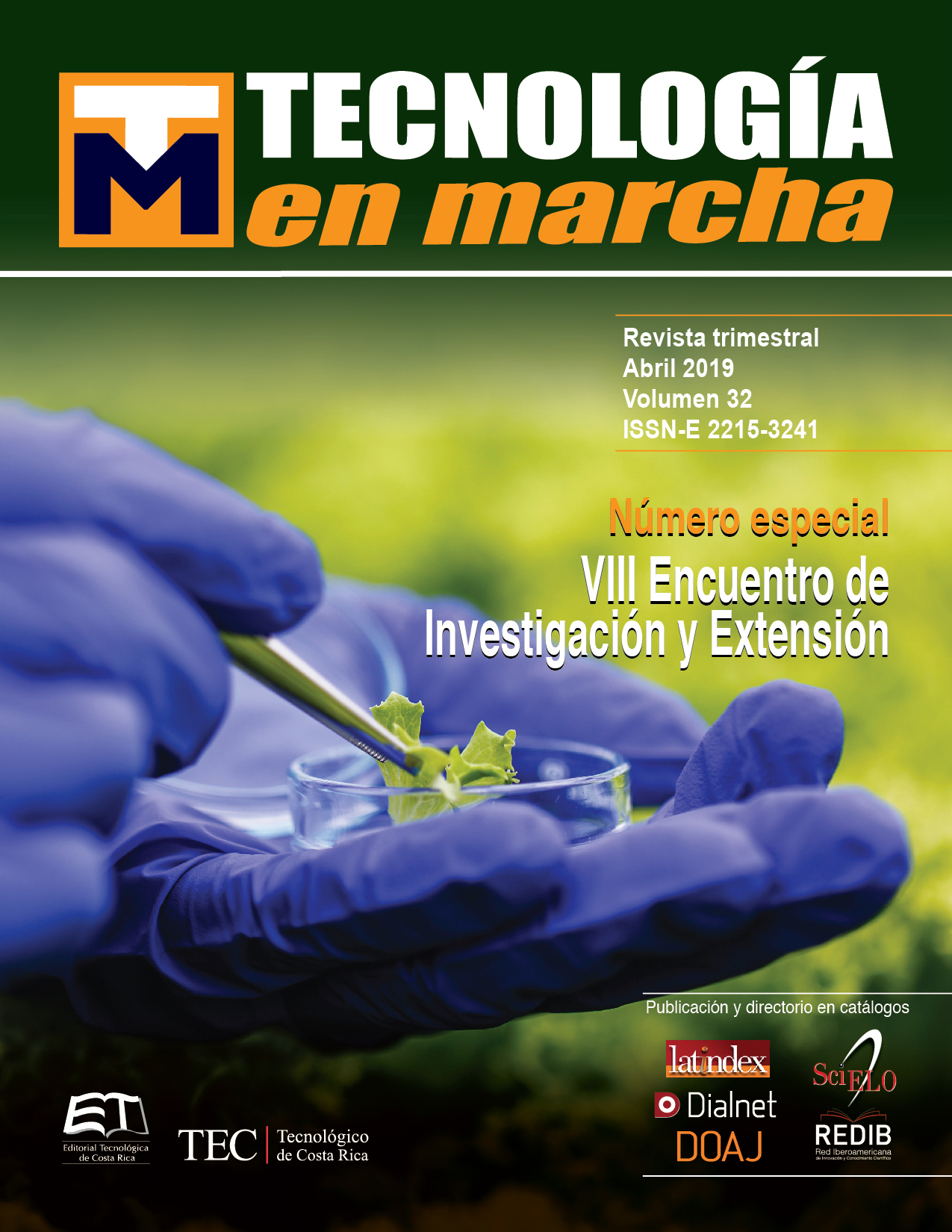Construction materials management for waste reduction in Costa Rica: barriers and motivations
Main Article Content
Abstract
Low- and middle-income countries lag behind in research related to the construction industry and the waste problems that the sector is facing. Literature shows that waste reduction and recycling have received a continuous interest from researchers, but mainly from developed countries. Few reports from low- and middle-income countries are concerned about the reuse of masonry, concrete, and mortar in clay based building ceramics or recycling construction waste, but mostly in relation to concrete aggregates. Furthermore, few authors have described the major barriers and motivations for construction waste reduction. The objective of this paper is to report the findings on a research performed in Costa Rica with the objective to determine the barriers and motivations that the construction sector is facing to improve the management of the construction materials. The study is based on data collected in two phases. During the first phase, a survey was sent via e-mail to 419 main contractors registered at the School Federation of Engineers and Architects (CFIA). The second phase consisted of a focus group discussion with 49 professionals from the construction industry to analyse and validate the findings from the survey. Descriptive statistic methods helped to draw the conclusions. The result of the research is a comprehensive list of observed barriers and motivations for waste reduction practices in the construction sector. These are not only applicable to Costa Rica, but can be used as a guide for similar studies in other low- and middle-income countries.
Article Details
Los autores conservan los derechos de autor y ceden a la revista el derecho de la primera publicación y pueda editarlo, reproducirlo, distribuirlo, exhibirlo y comunicarlo en el país y en el extranjero mediante medios impresos y electrónicos. Asimismo, asumen el compromiso sobre cualquier litigio o reclamación relacionada con derechos de propiedad intelectual, exonerando de responsabilidad a la Editorial Tecnológica de Costa Rica. Además, se establece que los autores pueden realizar otros acuerdos contractuales independientes y adicionales para la distribución no exclusiva de la versión del artículo publicado en esta revista (p. ej., incluirlo en un repositorio institucional o publicarlo en un libro) siempre que indiquen claramente que el trabajo se publicó por primera vez en esta revista.

